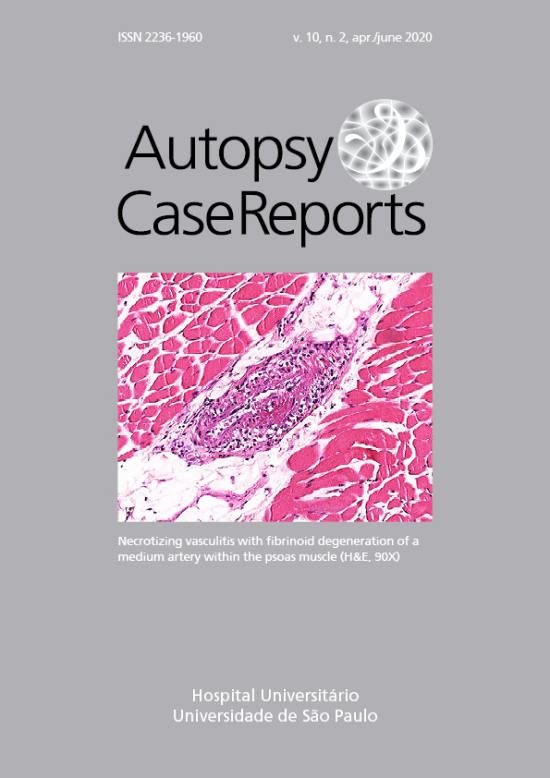Polyclonal CD5+/CD19+ B1a lymphocytes after allogeneic stem cell transplantation: a potential diagnostic pitfall
DOI:
https://doi.org/10.4322/acr.2020.147Keywords:
Flow Cytometry, Hematology, Pathology, Stem Cell TransplantationAbstract
In adults, B-lymphocytes comprise approximately 10% of circulating lymphocytes. The majority of peripheral B cells are B2 cells (“Mature” B-cells), which function as part of the humoral adaptive immune system. B1 cells (“Innate-like” B cells) are another sub-class of B lymphocytes, considered as innate immune cells with a characteristic phenotype (CD20+, CD27+, CD43+, CD70-, CD11b+, sIgM++, sIgD+) which can be divided into two subtypes; B1a (CD5+): spontaneously produce broadly reactive natural IgM, and B1b (CD5-): can generate T-cell independent, long-lasting IgM. There is very limited data available, indicating a correlation between allogeneic bone marrow transplantation and an increase in B1a cells. Here we present a case of a 17-year-old female with homozygous sickle cell disease (HbSS disease) who underwent hematopoietic stem cell transplant (HSCT). Approximately seven months post-transplant, she was found to have 16% immature mononuclear cells on complete blood count (CBC)-differential report. A follow-up peripheral blood flow cytometry showed that these cells were polyclonal CD5+/CD20+ B-cells, and comprised 66% of lymphocytes. Further workup and follow up failed to reveal any lymphoproliferative disorders. It is important not to misdiagnose these cells as an atypical CD5+ lymphoproliferative disorder. The presence of B1a cells has not been widely reported in non‑neoplastic post-stem cell transplanted patients. This case also adds to and expands our knowledge regarding the presence of increased circulating B1a cells after stem cell transplant in a patient with no history of hematological malignancy.
Downloads
Downloads
Published
Issue
Section
License
Copyright (c) 2020 Autopsy and Case Reports

This work is licensed under a Creative Commons Attribution 4.0 International License.
Copyright
Authors of articles published by Autopsy and Case Report retain the copyright of their work without restrictions, licensing it under the Creative Commons Attribution License - CC-BY, which allows articles to be re-used and re-distributed without restriction, as long as the original work is correctly cited.



